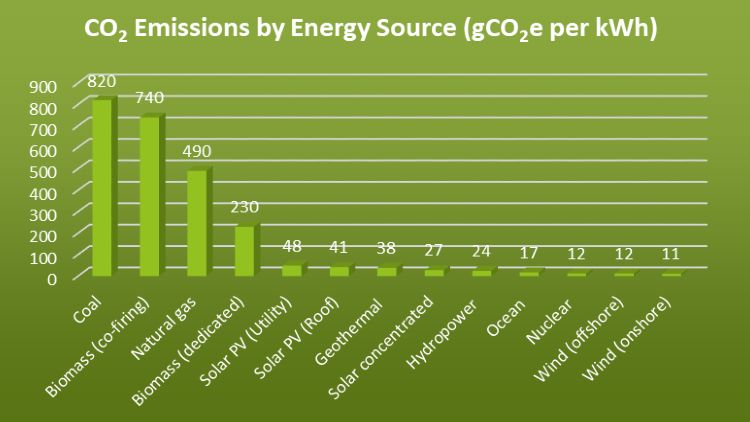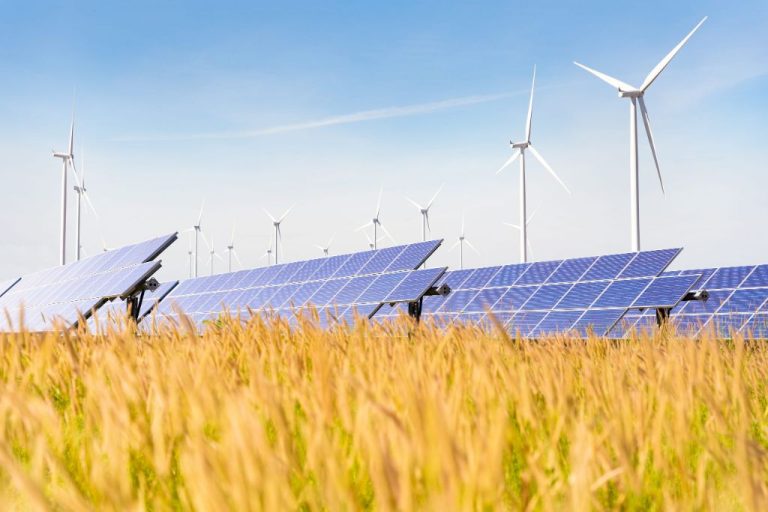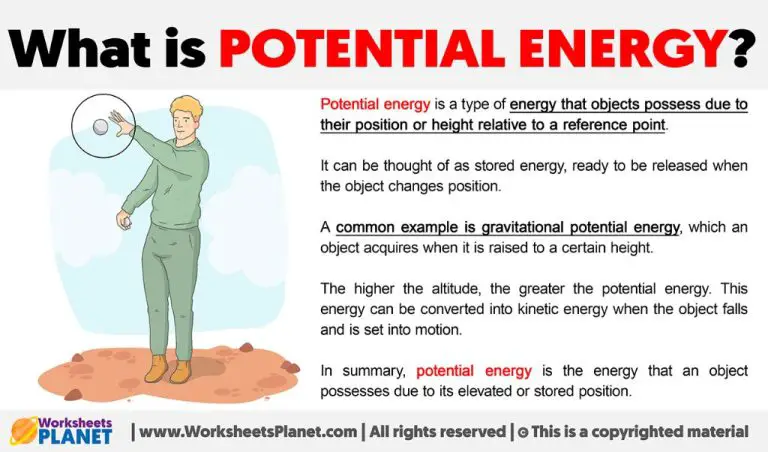How Renewable Energy Is Better?
Renewable energy comes from natural sources that are constantly replenished, such as sunlight, wind, water, plants, and geothermal heat. These energy sources are considered renewable because they are naturally replenished within a human lifespan. Renewable energy provides an alternative to finite fossil fuels like coal, oil, and natural gas, which take millions of years to form naturally. Renewable energy sources also produce little to no greenhouse gas emissions, which contributes to climate change.
Developing renewable energy is more critical today than ever before for several key reasons:
- Fossil fuels are non-renewable and will eventually run out if we continue relying so heavily on them.
- Burning fossil fuels produces emissions that pollute the air and water, harming the environment and public health.
- Most nations import a significant portion of their fossil fuels, meaning they are dependent on other countries and exposed to global price shocks.
- Renewable energy helps address all these concerns by providing a clean, sustainable alternative that can be generated domestically.
In short, transitioning to renewable energy will benefit the environment, economy, national security, and public health far into the future.
Reduces Greenhouse Gas Emissions

Renewable energy sources such as solar, wind, geothermal, and hydropower produce little to no greenhouse gas emissions compared to fossil fuels like coal, oil, and natural gas. This is extremely beneficial for the environment and mitigating climate change. When fossil fuels are burned to produce electricity or power vehicles, they emit harmful gases like carbon dioxide, methane, and nitrous oxide into the atmosphere. These greenhouse gases trap heat, causing global temperatures to rise.
In contrast, renewable energy makes use of naturally replenished resources like sunlight, wind, water, and heat from the earth’s core. The energy generation process does not burn fuels and does not release greenhouse gases. Widespread adoption of renewables can significantly reduce the electricity sector’s carbon footprint. For example, generating electricity from solar panels instead of coal avoids over 1,000 grams of carbon dioxide per kilowatt-hour. As more homes, businesses, and utilities switch to renewables, greenhouse gas emissions will substantially decline.
Promotes Energy Independence
One of the main benefits of renewable energy is that it reduces a nation’s reliance on imported fossil fuels. Most countries have limited domestic oil, gas and coal reserves. This means they need to import a significant portion of their fossil fuel supplies from other countries. For many nations, this reliance on energy imports creates geopolitical and economic vulnerabilities.
In contrast, renewable energy sources like wind, solar, hydro, geothermal and biomass can be developed locally. By generating electricity from domestic renewable resources, countries can achieve greater energy independence and security. Reduced imports of fossil fuels also help improve a nation’s balance of trade.
The United States, for example, imported about 7.86 million barrels per day of petroleum from foreign countries in 2019. This reliance on oil imports has been a concern for decades from a national security perspective. However, growth in U.S. renewable energy is helping reduce the need for imported oil. The continued expansion of wind, solar and other renewables will allow America to tap into its own abundant domestic energy resources.
Many other countries are also seeking to decrease dependence on imported fuels by increasing local renewable generation. The desire for improved energy security is a major reason why renewables are being rapidly adopted worldwide.
Creates Jobs
One of the biggest benefits of renewable energy is its ability to create a large number of domestic jobs across multiple industries. The renewable energy sector already employs hundreds of thousands of workers in the United States, and those numbers continue to grow each year. Jobs are created directly within the renewable energy sector itself, including positions in manufacturing, construction, installation, operations, and maintenance. There are also many indirect jobs created across supporting industries like legal, consulting, transportation, and finance. With further growth and investments in renewable energy, experts estimate the creation of millions more jobs over the next few decades.
The job creation potential of renewable energy far exceeds that of fossil fuels. Renewable energy projects tend to be labor-intensive and require large numbers of workers to manufacture components, build infrastructure, and operate facilities. Fossil fuel industries have undergone more automation and require fewer workers overall. Transitioning to widespread renewable energy usage will put Americans to work building and maintaining solar panels, wind turbines, geothermal plants, and more. Many of these jobs pay well and offer good benefits, supporting local economies. There is also an emphasis on creating jobs in rural areas, revitalizing communities through renewable projects. With renewable energy, the United States can rely on domestic job creation rather than importing fuel from other countries.
Lowers Energy Prices
Fossil fuels like oil, gas, and coal are subject to dramatic price swings based on global supply and demand. This can lead to energy price volatility as we’ve seen in recent decades. Renewable sources like solar and wind, on the other hand, have no fuel costs once installed and provide stable pricing over the long term. As renewables make up a larger percentage of the energy mix, they help insulate consumers from fossil fuel price volatility.
Studies have shown that regional electricity prices tend to decrease as the share of renewables increases. In California and Texas for example, an increase in wind and solar generation was correlated with falling wholesale electricity prices. The more renewables come online, the more downward pressure it puts on wholesale electricity prices across the board.
In addition to mitigating fossil fuel price volatility, renewable energy technologies themselves continue to fall in cost. The prices for wind and solar have dropped 69% and 88% respectively in the last decade due to improving technologies and economies of scale. As renewable energy becomes increasingly cost-competitive, it applies downward pressure on electricity prices overall and passes savings on to consumers.
Diversifying our energy portfolio with renewables helps promote long-term price stability and insulation from fossil fuel volatility. The growth of low-cost renewables directly lowers electricity prices and saves money for consumers across the board.
Improves Public Health
Fossil fuels like coal and gas emit harmful air pollutants when burned, including fine particulate matter, nitrogen oxides, sulfur oxides, mercury, and dozens of other toxins. This leads to various detrimental health effects: accelerated mortality, increased hospital admissions for cardiovascular and respiratory issues, reduced lung function, asthma attacks, bronchitis, and more. Children, seniors, and those with existing conditions are the most vulnerable to these impacts.
Renewable energy sources like solar and wind produce no air pollution when generating electricity. Widespread adoption of renewable power avoids this public health burden associated with burning dirty fossil fuels. Studies estimate renewable energy could prevent thousands of premature deaths and lost work days in the U.S. alone each year. The cleaner air provides substantial public health benefits.
Boosts Local Economies
Renewable energy projects can provide a significant boost to local economies. When a renewable energy project is developed, it brings substantial investment into the community. Constructing wind farms, solar arrays, hydropower facilities, and other projects requires purchasing materials, hiring local workers, renting or buying equipment, and utilizing local services. This influx of investment and activity directly benefits businesses in the community through increased sales and revenues.
Once the project is operational, there are ongoing economic benefits. Renewable facilities need to be maintained and operated, providing steady local jobs. The project owners or operators pay taxes and fees to the local government, providing funds for schools, roads, and other public services. Local landowners may receive lease payments for hosting facilities on their land. Additionally, renewable projects draw tourists interested in seeing the facilities, bringing more business to hotels, restaurants, stores, and other local establishments.
Studies have shown that renewable energy delivers 2 to 8 times more jobs per dollar invested than fossil fuels. So transitioning more of our energy supply to renewables will translate into a significant boost for local economies across the country.
Enhances Energy Security
Renewable energy enhances energy security by decentralizing energy production. Traditional fossil fuel plants are centralized and rely on long transmission lines to transport electricity over long distances. This centralized grid is vulnerable to disruptions from natural disasters, cyber attacks, and technical failures.
In contrast, renewable energy sources like rooftop solar panels or small-scale wind turbines are distributed close to where the energy is used. This distributed model is more resilient against disruptions. If one part of the grid goes down, electricity can still flow from other locations.
Renewable microgrids can even disconnect from the main grid and operate autonomously as “islands” to keep the lights on during wider blackouts after storms or other grid failures. Relying more on decentralized renewable sources and less on centralized fossil fuel plants improves the resilience and reliability of our energy infrastructure.
Preserves Finite Resources
Fossil fuels like coal, oil, and natural gas are finite resources that will eventually run out. Renewable energy sources like solar, wind, hydropower, and geothermal rely on naturally replenished resources that will not be depleted. The sun will continue shining, the wind will keep blowing, and the earth’s heat will remain for billions of years. Shifting to renewable energy preserves our finite fossil fuel reserves for future generations. Solar panels and wind turbines can produce energy indefinitely without depleting resources. However, coal, oil, and natural gas are being rapidly consumed with no hope of regeneration. The renewable energy transition is crucial to sustaining our energy needs over the long-term. While fossil fuels may remain plentiful for the near future, they will not last forever. Renewables offer energy independence and security for the long haul.
Conclusion
In summary, renewable energy offers many clear advantages over fossil fuels. Renewables produce little to no greenhouse gas emissions, allowing us to combat climate change. They also boost energy independence by relying on domestic resources rather than imported fuels. The renewable energy industry creates numerous jobs, especially in construction and manufacturing. As renewable technology continues to advance, costs have fallen dramatically, allowing renewable energy to compete with and even undercut fossil fuels on price in many places. By avoiding the health effects of pollution from fossil fuels, renewable energy leads to lower healthcare costs and saved lives. Renewable energy investments and job creation tend to be concentrated in rural areas, providing an economic boost. The diversity of renewable resources across geographies enhances energy security. Renewables also help conserve our remaining supplies of finite fossil fuels. For all these reasons, transitioning to renewable energy sources like solar, wind, and geothermal should be a top priority. The time is now to accelerate the renewable energy revolution.





